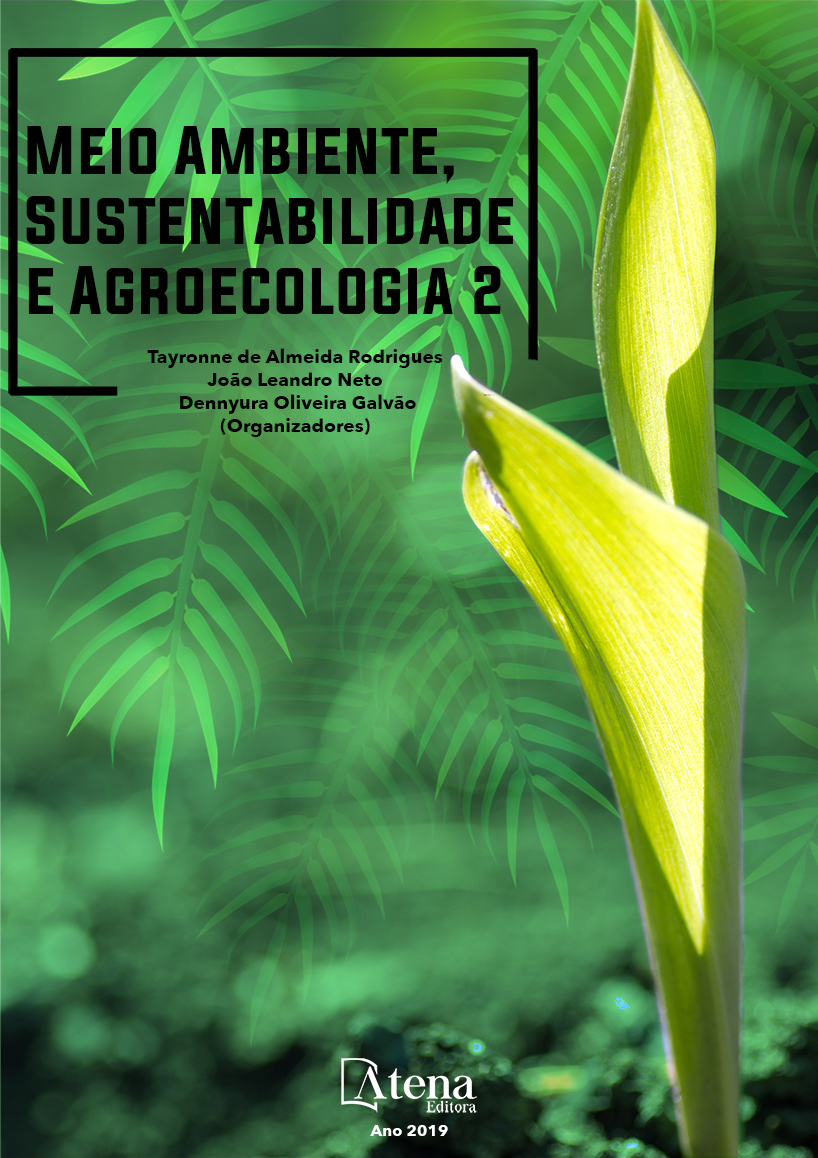
Condição nutricional em solo e folhas de arroz em transição ao sistema orgânico
O arroz é um dos cereais mais
cultivados no mundo, comparado com as
demais culturas, ele se destaca em segundo
lugar em produção e extensão de área cultivada,
participa com, aproximadamente, 30% da
produção mundial de cereais. O objetivo deste
trabalho foi comparar a condição nutricional de
macronutrientes no arroz em transição ao sistema
orgânico e no convencional frente à adubação
com esterco bovino curtido e adubação química,
através de análises de solo e das folhas do arroz
irrigado. O presente estudo foi realizado no
Instituto Federal Farroupilha, Campus Alegrete.
A amostragem de solo realizou-se em dois
momentos, antes da aplicação da adubação
em cobertura e após a colheita. A amostragem
foliar foi realizada durante o início do período
reprodutivo. Quando avaliados os indicadores
das amostras de solo nos dois sistemas podese
observar que em relação ao teor de matéria
orgânica, houve um aumento de 50% no
convencional, e de 62,5% no orgânico. Ocorreu
redução do pH (acidificação) em um décimo em
ambos os sistemas. Quanto à saturação por Al,
revelou-se um aumento, ainda que em ambas
as amostragens esse percentual já fosse alto
e evidenciou-se uma redução na saturação de
bases. Considerando as análises foliares para
as duas cultivares, foi possível observar que
houve uma maior absorção dos macronutrientes
(Nitrogênio, Fósforo e Potássio) no sistema em
transição para o orgânico quando comparado
ao sistema convencional. Dessa forma, através
do presente estudo, foi possível visualizar mais
um viés dos impactos positivos da produção
orgânica, conciliando os fatores econômicos e
ambientais.
Condição nutricional em solo e folhas de arroz em transição ao sistema orgânico
-
DOI: 10.22533/at.ed.28619160410
-
Palavras-chave: Rizicultura. Adubação orgânica. Macronutrientes.
-
Keywords: Atena
-
Abstract:
Rice is one of the most cultivated
cereals in the world, compared to other crops, it
stands out second in production and extension
of cultivated area, accounting for approximately
30% of world cereal production. The aim of this
study was to compare the nutritional condition
of macronutrients in rice plants in transition
to the organic system and in the conventional
one in relation to the fertilization with tanned bovine manure and chemical fertilization,
through soil and irrigated rice leaf analysis. The present study was conducted at
Instituto Federal Farroupilha, Campus Alegrete. Soil samplings were carried out in two
moments, before the application of the fertilizer and after the harvest. Leaf sampling
was performed during the beginning of the reproductive period. When the indicators
of the soil samples were evaluated in both systems it can be observed that in relation
to the organic matter content, there was about 50% of increase in the conventional
system, and about 62.5% in the organic. A reduction of pH (acidification) occurred in
both systems. As for the aluminium saturation, an increase was shown, although in both
samplings this percentage was already high and a reduction in the base saturation was
evidenced. Considering the leaf analysis for the two cultivars, it was possible to observe
that there was a greater absorption of the macronutrients (Nitrogen, Phosphorus and
Potassium) in the organic system when compared to the conventional system. Thus,
through the present study, it was possible to visualize another bias of the positive
impacts of organic production, reconciling the economic and environmental factors.
-
Número de páginas: 15
- Luana Bairros Lançanova
- Luciane Ayres-Peres
- Thiago Della Nina Idalgo
- Luciane Ayres Peres


